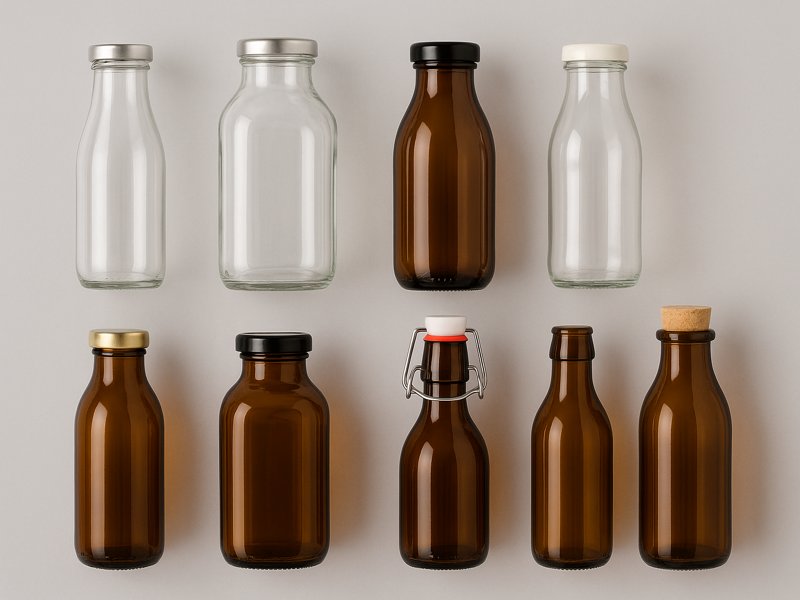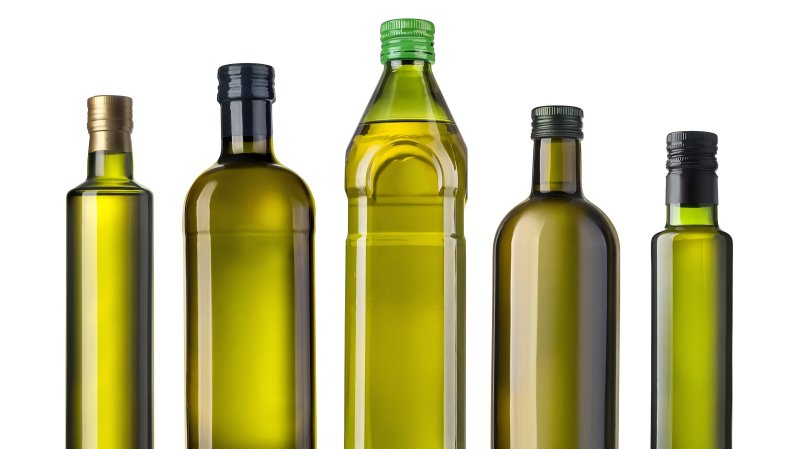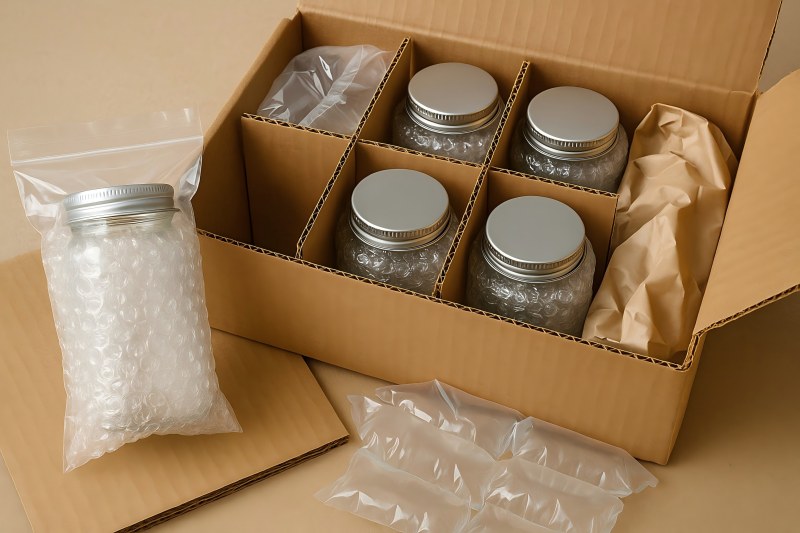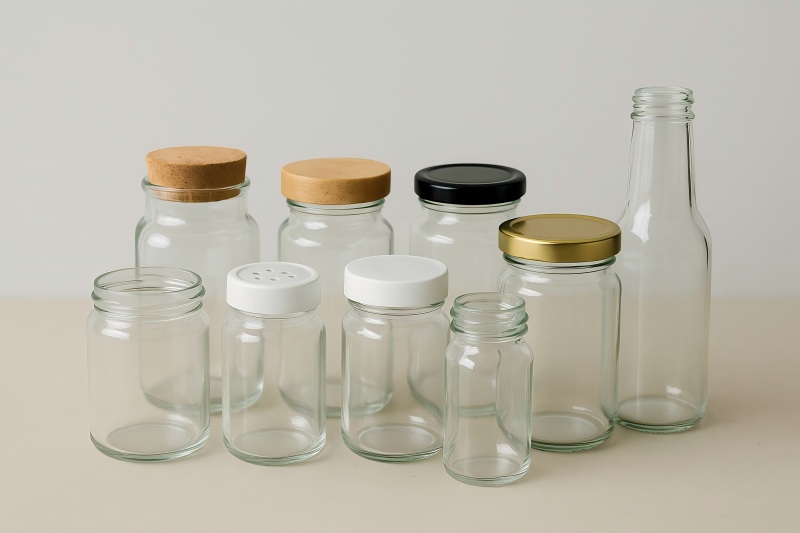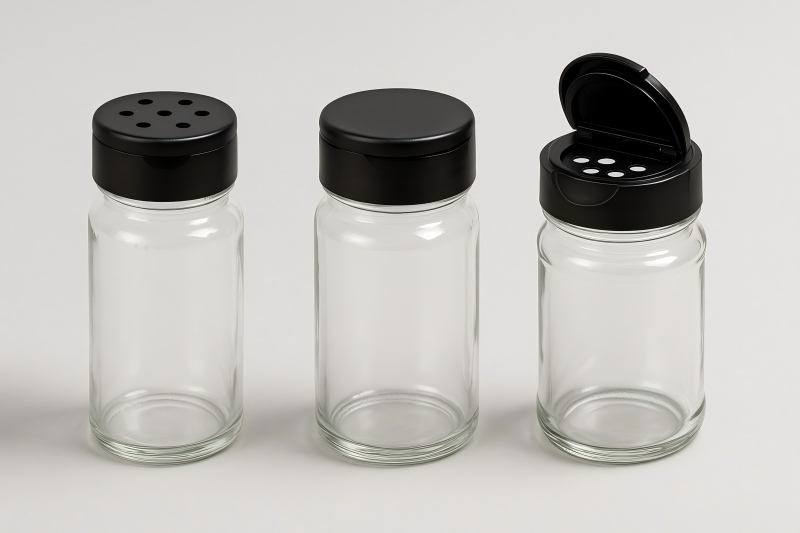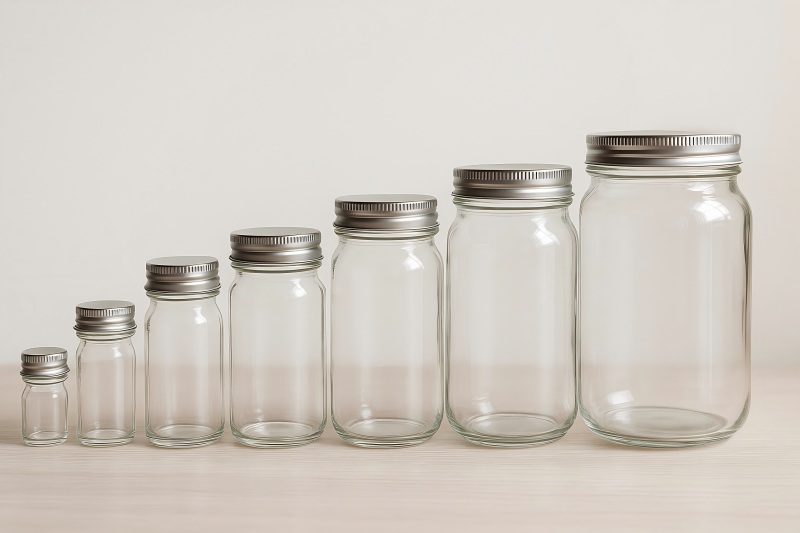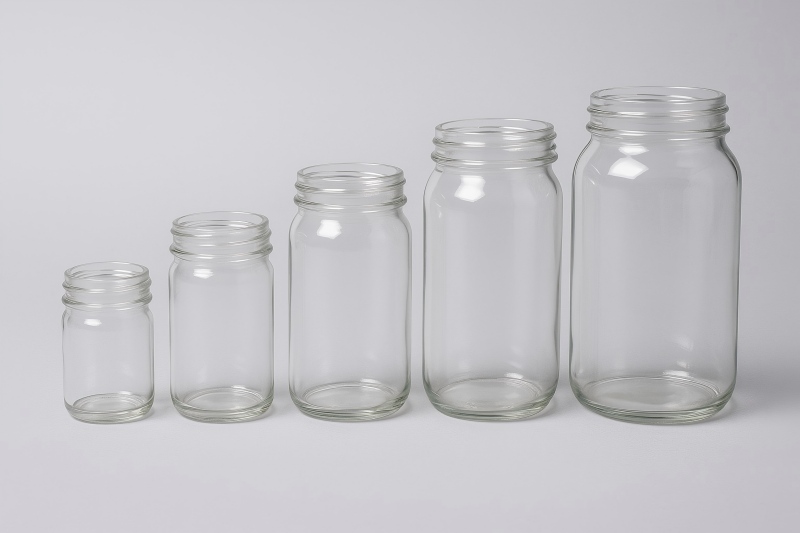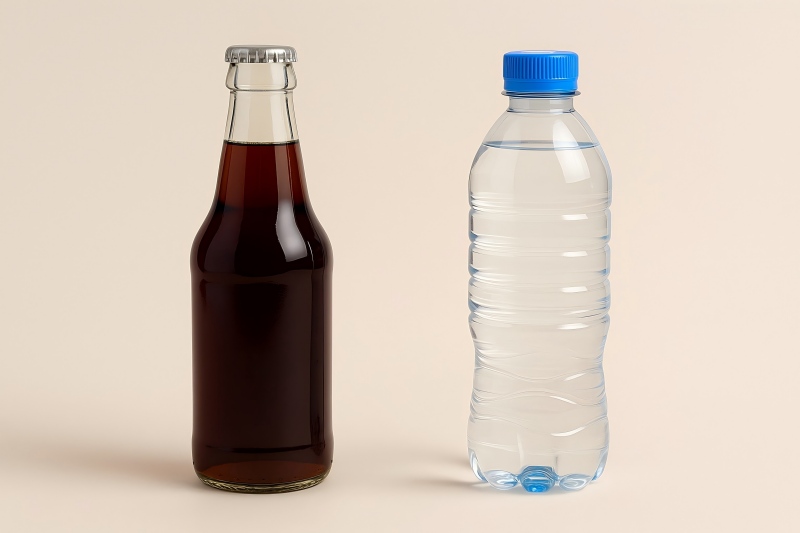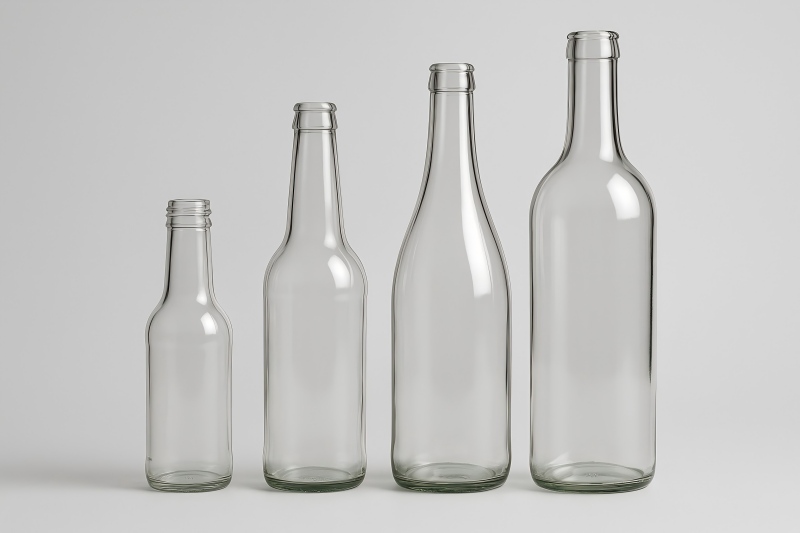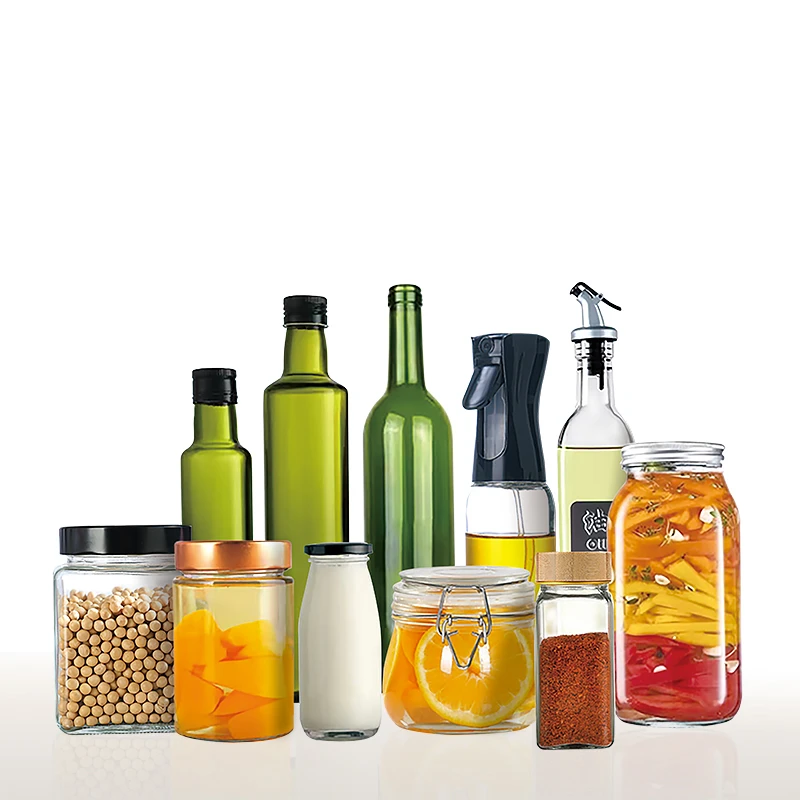A Comprehensive Guide to Mason Jar Sizes 2025
In the world of storage, food preservation, and creative DIYs, mason jars continue to prove their versatility and charm. Whether you’re preserving homemade jam, fermenting kombucha, crafting candles, or creating rustic wedding décor, choosing the right mason jar size is essential. With updated styles and consumer demands evolving in 2025, it’s more important than ever to understand the full range of mason jar sizes available—and how each fits your needs.
This guide will walk you through the spectrum of mason jar sizes, helping you make informed decisions based on capacity, usage, mouth type, and current trends.
Mason Jar Size Chart
Before diving into specific uses, it’s helpful to understand the standard measurements used for mason jars: fluid ounces (fl oz) and milliliters (mL). While ounces are commonly used in the U.S., milliliters are often the norm internationally. Familiarity with both will simplify your buying experience.
| Jar Size | Milliliters (mL) | Fluid Ounces (fl oz) | Common Uses |
| 4 oz (Quarter Pint) | 120 mL | 4 oz | Jams, jellies, spices, baby food, gifts |
| 8 oz (Half Pint) | 240 mL | 8 oz | Preserves, sauces, dressings, candles |
| 12 oz | 355 mL | 12 oz | Beverages, desserts, granola, favors |
| 16 oz (Pint) | 475 mL | 16 oz | Pickles, grains, smoothies, meal prep |
| 24 oz | 710 mL | 24 oz | Salads, soups, dry storage, cold brew |
| 32 oz (Quart) | 950 mL | 32 oz | Fermentation, kombucha, iced tea |
| 64 oz (Half Gallon) | 1.9 L | 64 oz | Bulk storage, flour, pantry items |
| 128 oz (Gallon) | 3.8 L | 128 oz | Commercial use, beverage service, fermenting |
Key Points to Consider When Using the Chart
- Functionality: From 4 oz to 128 oz, each size caters to different tasks—sampling, preserving, storing, or showcasing.
- Cost Efficiency: Larger jars typically provide better value per volume, especially for pantry staples or fermentation.
- Travel & Storage: Small jars are easier to carry and store, while large jars are best for long-term storage or batch processing.
- Customization & Gifting: Unique sizes like 12 oz or decorative 8 oz jars are favorites for weddings, holidays, or artisan products.
This chart is a practical tool when choosing mason jars that suit your purpose, storage needs, and budget.

Understanding Mason Jar Sizes
Units of Measurement
- Milliliters (mL): Standard metric unit, used internationally.
- Fluid Ounces (fl oz): Common in the U.S. (1 fl oz ≈ 29.57 mL).
Understanding the conversion helps when comparing brands or planning for international shipping.
Size Categories
Samples & Miniatures (4 oz and below)
- Ideal for small portions, party favors, spice storage, or sampling homemade condiments.
- Often used in baby food, skincare packaging, and wedding giveaways.
Everyday Small Jars (8 oz – 12 oz)
- Great for regular food canning, sauces, and homemade jams.
- Easily fits into fridges or small kitchen cabinets.
- 12 oz is especially popular in cafés and beverage kiosks for trendy juices.
Medium Jars (16 oz – 24 oz)
- Perfect for smoothies, pasta salads, overnight oats, and meal prep.
- 16 oz pint jars are the classic all-rounder.
- 24 oz is a growing trend in 2025 for those seeking more storage in a compact footprint.
Large & Bulk Jars (32 oz – 64 oz)
- 32 oz is a staple for fermentation, flour, sugar, and pantry organization.
- 64 oz (half-gallon) jars are commonly used for dry goods, kombucha, or sun tea.
Extra-Large Jars (128 oz)
- Best suited for industrial kitchens, zero-waste stores, or home fermentation setups.
- Too heavy for everyday handling, but great for stationary storage.
How Size Affects Usage
- Capacity & Shelf Life: Larger jars are ideal for infrequent opening—prolonging freshness. Smaller jars are perfect for high-turnover contents.
- Cost & Efficiency: Larger jars reduce price per mL but may be wasteful if not fully used.
- Portability: Smaller jars are lighter, TSA-friendly, and easier to clean or transport.
- Kitchen Fit: Consider your shelf depth or fridge height when choosing jars above 32 oz.
Cultural and Consumer Trends (2025)
- DIY & Sustainable Living: Refillable and reusable jars are promoted in eco-conscious households and bulk stores.
- Smart Attachments: Lids now come with fermentation valves, spigots, and even app-connected freshness sensors.
- Aesthetic Preference: Frosted finishes, pastel colors, and embossed logos dominate the aesthetic choices in 2025.
- Market Differences: Asian markets prefer smaller jars for compact kitchens, while U.S. and European buyers lean toward larger, multipurpose sizes.
Standard Mason Jar Sizes
Most Popular Sizes
- 8 oz (240 mL): Most common for jams, spreads, and candles.
- 16 oz (475 mL): All-purpose size, perfect for pantry, drinks, and crafts.
- 32 oz (950 mL): Leading choice for bulk cooking, fermentation, and storage.
Emerging Favorites
- 12 oz (355 mL): Increasingly preferred for beverages in cafés.
- 24 oz (710 mL): Sweet spot for meal prep and larger snacks.
- 64 oz (1.9 L): For zero-waste bulk purchases or storing kombucha at home.
Niche and Collector Sizes
- 4 oz (120 mL): Gift sets, honey jars, aromatherapy products.
- 128 oz (3.8 L): Only used in large-scale or decorative settings.
Custom sizes are increasingly available for artisan food makers and manufacturers.
Practical Tips for Choosing the Right Mason Jar Size
Assess Your Usage
- Daily vs. Occasional Use: 16 oz for daily drinks or snacks; 4 oz for special condiments.
- Canning or Freezing: Tapered jars with straight walls are freezer-friendly and easy to clean.
- One-Meal Storage: 24 oz holds enough for a hearty salad or overnight oats.
Travel and Lifestyle Considerations
- Commuters & Students: 8 oz to 12 oz for grab-and-go snacks or coffee.
- Travel: Choose sizes ≤100 mL (≈3.4 oz) for carry-on luggage compliance.
- Space-Saving: Stackable, short jars (e.g., squat 8 oz) save vertical cabinet space.
Budget Planning
- Buy Bulk for Better Value: Cost per jar drops when purchasing sets of 6 or 12.
- Larger Jars, Lower Price per Volume: 32 oz jars often cost less per mL than two 16 oz jars.
- Multipurpose Use: Pick versatile sizes (like 16 oz) that work across storage, drinking, and crafting.
Gift-Giving & Gifting Sets
- Small jars in the 4–8 oz range are ideal for weddings, holiday sets, or handmade goods.
- Custom printing, embossing, or labeling options are readily available in 2025.
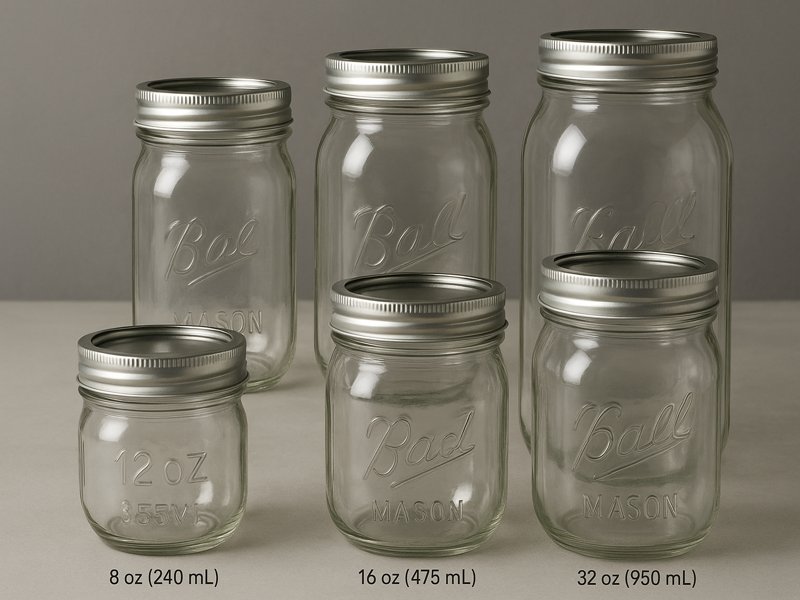
Storage and Maintenance by Size
General Storage Recommendations
- Avoid Heat and Sunlight: To stop jars from deteriorating, keep them in a cool, dark location.
- Keep Lids Loose (if empty): Prevents odors and preserves seal condition.
- Label Clearly: Date and content labels prevent confusion during long-term storage.
Small Jars (4 oz – 12 oz)
- Use Quickly: Ideal for high-turnover items (jams, sauces).
- Transport with Care: Use padded sleeves if on the go.
Best for Gifting: Easy to wrap, stack, or display.
Medium Jars (16 oz – 24 oz)
- Most Versatile: Works for food, drinks, crafts, and fermentation starters.
- Use Lid Accessories: Swap for sprouting lids, blender attachments, or straw tops.
- Easy to Clean: Wide-mouth jars are dishwasher-friendly.
Large Jars (32 oz – 64 oz)
- Bulk Storage: Ideal for rice, pasta, flour, and beans.
- Decanting Advice: To minimize opening, use smaller jars for everyday use.
- Monitor for Moisture: Especially if storing dry goods in humid environments.
Extra-Large Jars (128 oz and above)
- Stationary Storage: Keep in pantries or fermenting stations—too heavy for daily movement.
- Handle with Care: Consider protective baskets or containers for safety.
- Decant into Small Bottles: For practicality and freshness.
Understanding mason jar sizes helps you make smarter choices for cooking, storing, preserving, and decorating. From compact 4 oz vials to half-gallon fermentation vessels, each jar offers its own balance of convenience, capacity, and aesthetic appeal.
By choosing the right size for your habits—whether that’s meal prepping on Sundays, storing bulk grains, or packaging artisanal jam—you’ll save space, reduce waste, and get the most out of each jar. As trends in 2025 favor multi-functionality, eco-friendliness, and smart accessories, mason jars remain a must-have for the organized and sustainable modern home.

